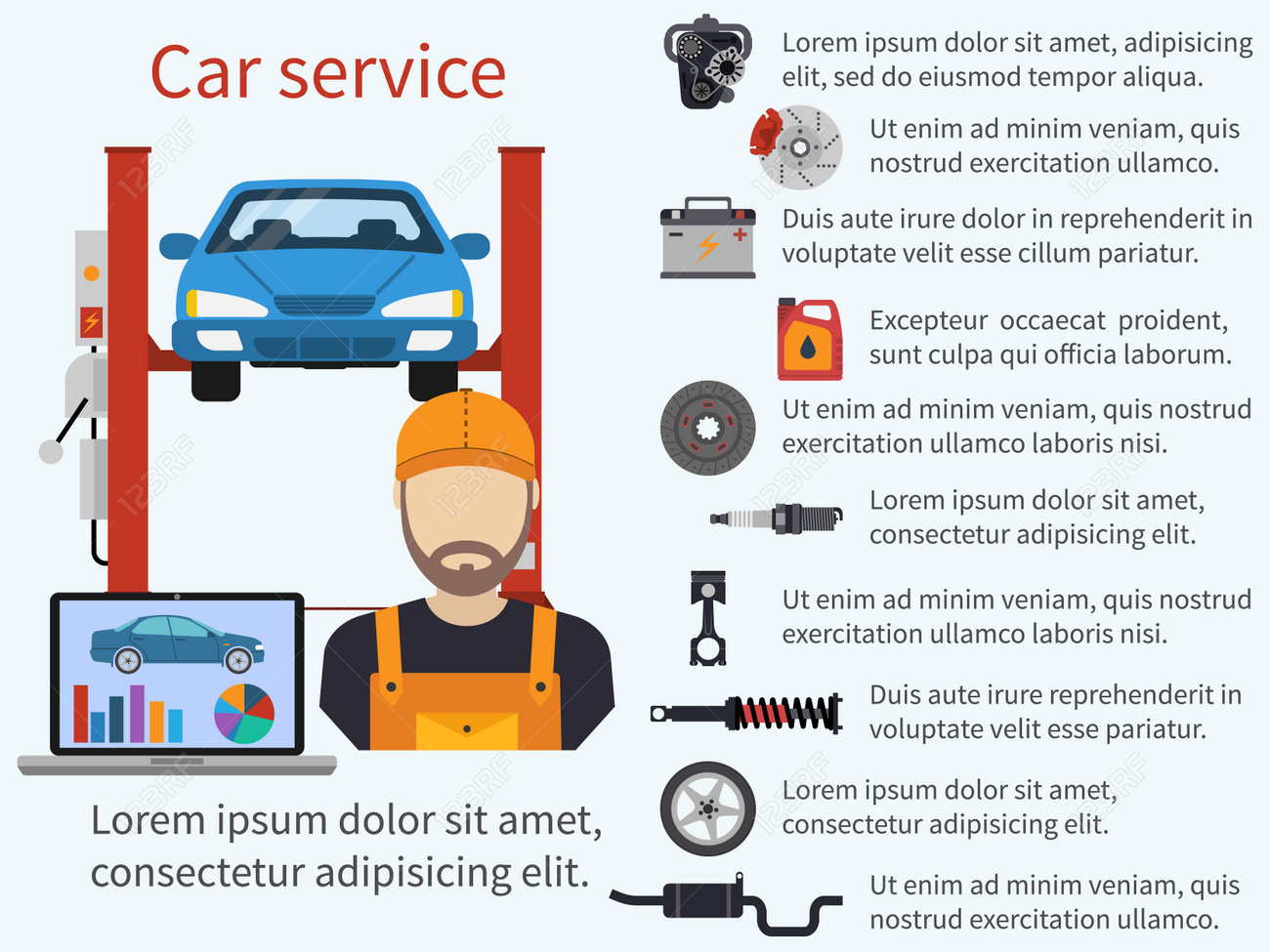Looking For Clarity On The Warning Lights Showed On Your Automobile'S Control Panel? Figure Out How They Connect To Your Lorry'S Health And Wellness
Looking For Clarity On The Warning Lights Showed On Your Automobile'S Control Panel? Figure Out How They Connect To Your Lorry'S Health And Wellness
Blog Article
Article Created By-Termansen Corbett
When you're behind the wheel, those glowing caution lights on your dashboard can be a bit perplexing. Do you recognize what they're trying to tell you concerning your vehicle's health and wellness? Recognizing the relevance of these lights is vital for your security and the long life of your car. So, the next time among those lights turns up, wouldn't you want to analyze its message precisely and take the essential actions to resolve it?
Common Caution Lights and Interpretations
Identify usual warning lights in your automobile and recognize their definitions to ensure secure driving.
The most normal caution lights include the check engine light, which signals issues with the engine or emissions system. If this light begins, it's important to have your lorry examined without delay.
The oil pressure warning light suggests low oil stress, requiring prompt focus to prevent engine damages.
A blinking battery light may suggest a damaged charging system, potentially leaving you stranded otherwise resolved.
The tire pressure monitoring system (TPMS) light alerts you to reduced tire stress, affecting lorry stability and gas effectiveness. Neglecting this could bring about unsafe driving problems.
The abdominal light indicates an issue with the anti-lock braking system, compromising your capability to quit swiftly in emergencies.
Finally, the coolant temperature alerting light warns of engine overheating, which can cause extreme damage otherwise settled promptly.
Comprehending these typical warning lights will certainly assist you resolve issues immediately and preserve secure driving problems.
Value of Prompt Focus
Understanding the usual warning lights in your car is only the initial step; the value of quickly addressing these cautions can't be stressed sufficient to guarantee your safety on the road.
When a caution light brightens on your dashboard, it's your automobile's method of interacting a possible problem that needs attention. Ignoring these warnings can bring about extra severe problems in the future, compromising your safety and potentially costing you a lot more out of commission.
Motivate interest to alerting lights can prevent break downs and crashes. As an example, a blinking check engine light could suggest a misfire that, if left unattended, might create damage to the catalytic converter. Addressing this immediately can conserve you from a costly repair.
In a similar way, a brake system cautioning light may signal low brake liquid or worn brake pads, crucial parts for your safety when driving.
Do It Yourself Troubleshooting Tips
If you see a caution light on your control panel, there are a couple of DIY troubleshooting tips you can try prior to seeking specialist aid.
The initial step is to consult your auto's guidebook to comprehend what the certain warning light suggests. Sometimes the issue can be as straightforward as a loosened gas cap setting off the check engine light. Tightening the gas cap may deal with the issue.
An additional usual issue is a low battery, which can activate numerous advising lights. Inspecting the battery connections for rust and guaranteeing they're safe could repair the trouble.
If a caution light persists, you can try resetting it by disconnecting the auto's battery for a couple of mins and afterwards reconnecting it. In just click the up coming page , examining your vehicle's fluid levels, such as oil, coolant, and brake fluid, can help fix cautioning lights related to these systems.
Final thought
To conclude, understanding your auto's warning lights is important for keeping your automobile running efficiently and safely. By promptly dealing with these informs and knowing what they suggest, you can stay clear of costly fixings and prospective breakdowns.
Keep in mind to consult your cars and truck's guidebook for specific information on each warning light and take action accordingly to ensure a trouble-free driving experience.
Remain notified, stay secure when driving!
